Shaded green patina (typical of the works of the sculptor Antoine-Louis Barye)
Signature of the sculptor "BARYE" on the naturalist terrace
A snake rests at the foot of the eagle in a fixed position, at a standstill, ready to be kidnapped by the predator
Period XIXth century
Very good condition
Famous for his animal sculptures, Antoine-Louis Barye (1795-1875) is a silversmith's son, who is trained in metalwork with a military equipment manufacturer and Jacques- Henri Fauconnier.
In 1818, he entered the Ecole des Beaux-Arts in Paris and apprenticed in the studio of sculptor François Joseph Bosio and painter Jean-Antoine Gros.
After several failures at the Grand Prix de Rome, Barye slammed the door of the Fine Arts in 1825. He then turned to animal sculpture which he would bring back up to date. With his friend Delacroix, he goes regularly to the menagerie of the Natural History Museum to study and observe animals.
It was in 1831 that Barye made himself known to the general public by exhibiting "The Tiger Devouring a Gavial" (Louvre) at the Salon, a work staging a violent fight "of impressive virtuosity".
Two years later, he triumphed with "The Lion au Serpent" plaster, which was also successfully exhibited in its bronze version at the Salon of 1836.
Preferring bronze to marble considered too cold, the artist multiplied statuettes and small groups. animals that he melts and chisels himself.
Barye died at the age of 80, leaving behind an important production of drawings, watercolors and paintings as well as sculptures, pieces of goldsmith's work.
His works can be seen at the Louvre and Orsay museums.



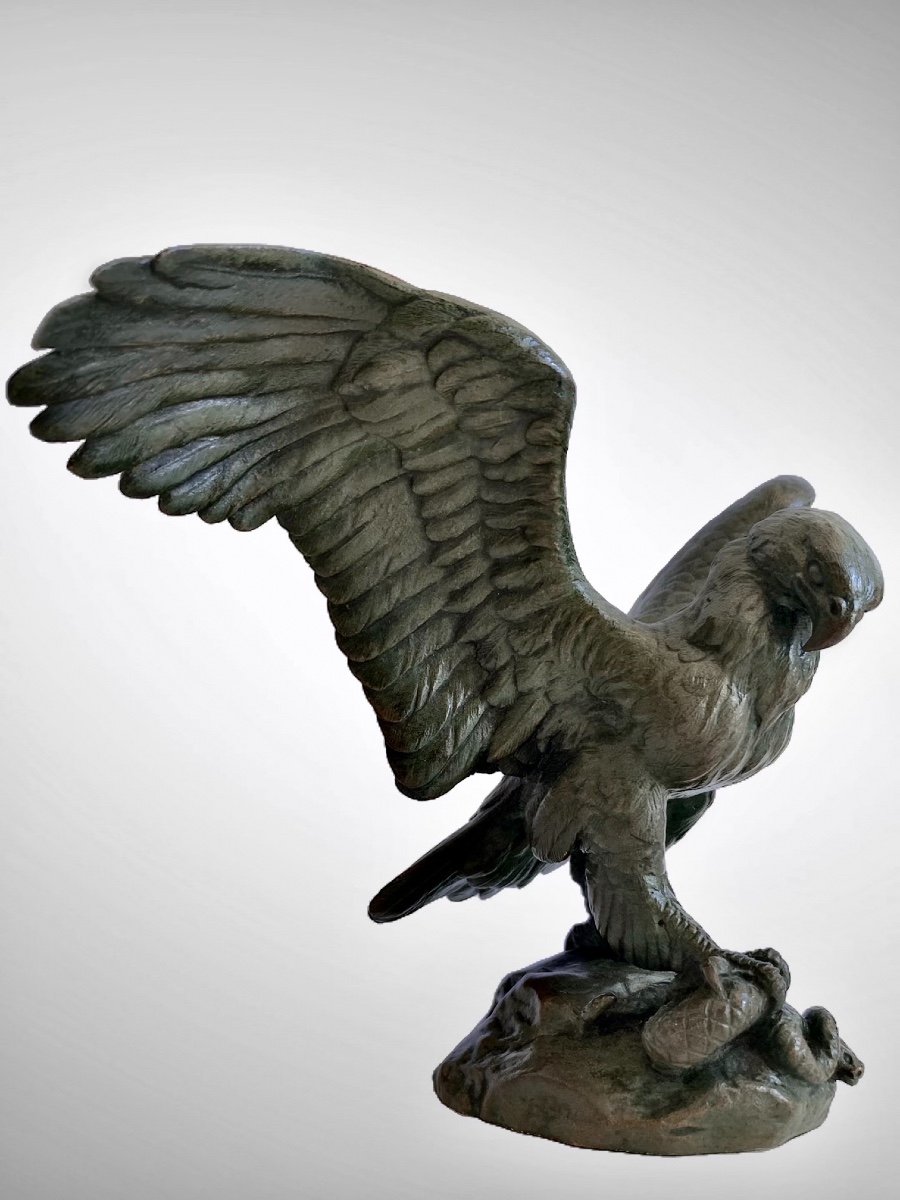











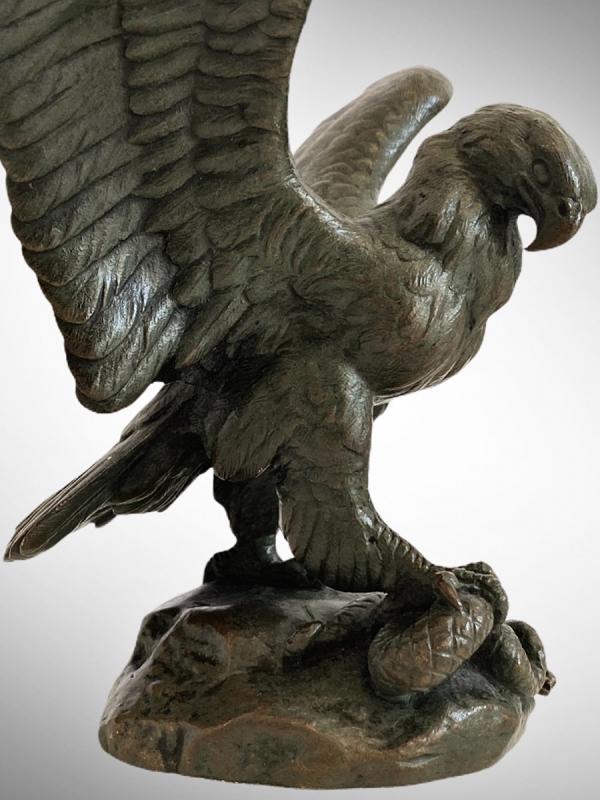







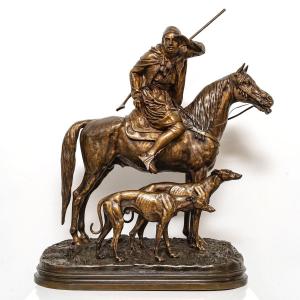


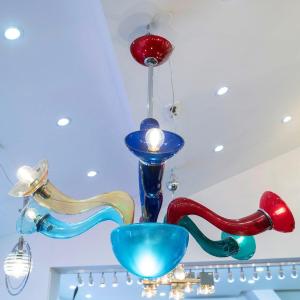

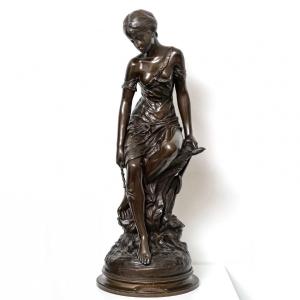

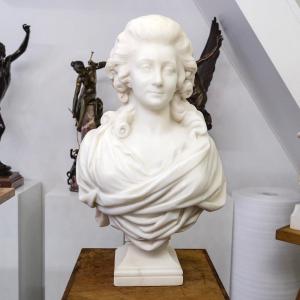
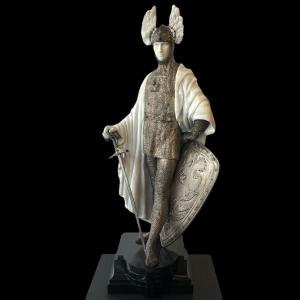
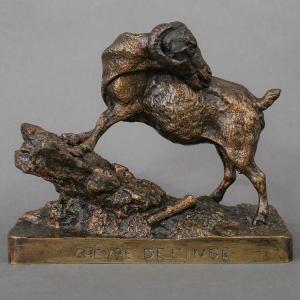
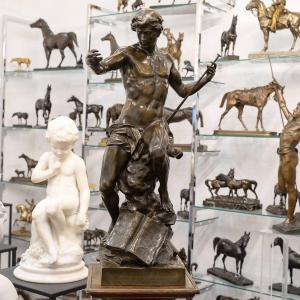

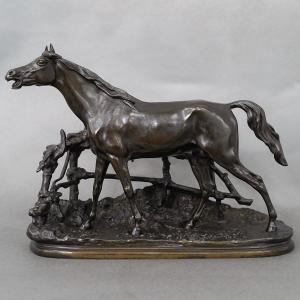

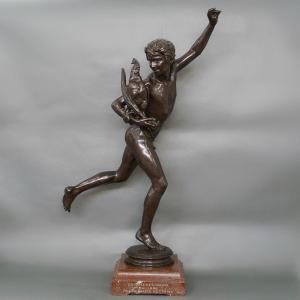
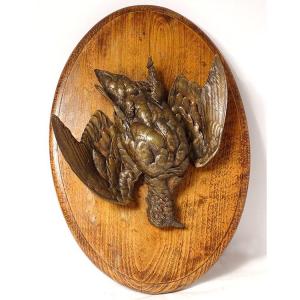



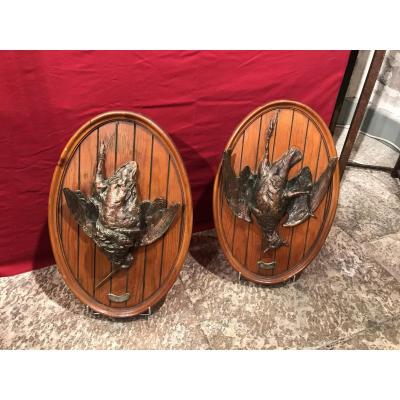



 Le Magazine de PROANTIC
Le Magazine de PROANTIC TRÉSORS Magazine
TRÉSORS Magazine Rivista Artiquariato
Rivista Artiquariato